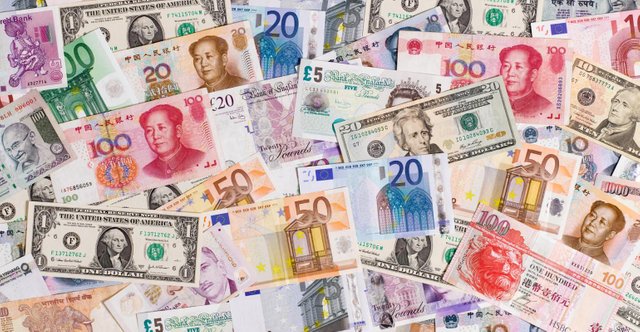The Evolution of Currency: Unraveling the History of Money and Its Inherent Purpose

Introduction
Money, a ubiquitous aspect of modern life, has a rich and complex history that spans millennia. Its existence is deeply intertwined with the evolution of human societies, trade, and economic systems. This article aims to delve into the historical roots of money, exploring the fundamental question: Why does money exist?
The Barter System and its Limitations
Before the advent of money, societies relied on the barter system, where goods and services were exchanged directly. However, this system had inherent limitations. The barter system required a double coincidence of wants, meaning both parties involved in a trade had to possess something the other desired. This limitation led to inefficiencies and hindered the growth of trade.
The Emergence of Commodity Money
To overcome the shortcomings of barter, ancient civilizations began using commodity money – items with intrinsic value that were widely accepted in trade. Examples include salt, cattle, and precious metals like gold and silver. The value of commodity money was derived from its usefulness or scarcity.
Metal coins became a prevalent form of commodity money, offering a standardized unit of value. These coins facilitated trade by providing a widely accepted medium of exchange, reducing the need for direct barter.
The Birth of Paper Money
As societies grew and trade expanded, carrying large quantities of metal coins became impractical. In response, paper money emerged as a more portable and convenient form of currency. Governments and banks began issuing paper notes representing a promise to pay the bearer a certain amount of a precious metal, effectively creating a link between paper money and tangible value.
The Gold Standard and its Downfall
The 19th century saw the establishment of the gold standard, where the value of a country's currency was directly tied to a specific amount of gold. This system provided stability but was eventually abandoned in the 20th century due to economic constraints and the impracticality of maintaining sufficient gold reserves.
The Rise of Fiat Currency
In the modern era, most countries use fiat currency, which is not backed by a physical commodity but derives its value from the trust and confidence of the people. Governments and central banks have the authority to issue and regulate fiat money, allowing for more flexibility in monetary policy.
The Functions of Money
Money exists to serve three primary functions: a medium of exchange, a unit of account, and a store of value. As a medium of exchange, money facilitates the buying and selling of goods and services. As a unit of account, it provides a standard measure for pricing and comparing different items. Finally, as a store of value, money allows individuals to save and transfer purchasing power over time.
Conclusion
The history of money reflects the ingenuity of human societies in overcoming the challenges of trade and commerce. From the barter system to fiat currency, money has evolved to meet the changing needs of complex economies. Understanding the history of money provides valuable insights into the foundations of our modern financial systems and the crucial role currency plays in shaping our world.